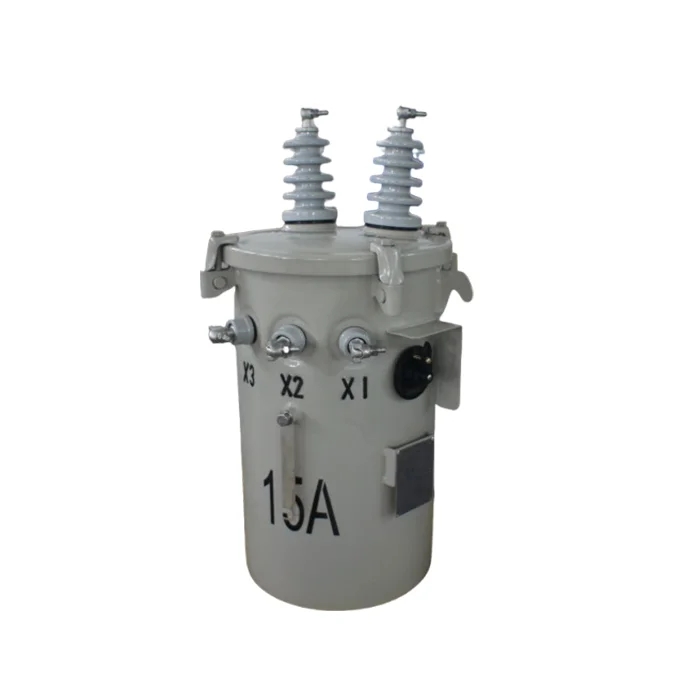Graphite, an allotropic form of carbon, has become a material of paramount importance across various industries due to its unique combination of properties. From traditional uses in pencils and lubricants to cutting-edge applications in technology and energy, graphite's versatility is unparalleled. This article explores the reasons behind graphite's widespread use, delving into its distinctive properties, diverse applications, and emerging trends that underscore its significance.
- Understanding Graphite’s Unique Properties 1.1 Structural and Physical Characteristics
- Crystalline Structure: Graphite consists of layers of carbon atoms arranged in a hexagonal lattice. These layers are held together by weak van der Waals forces, allowing them to slide over each other easily. This structure gives graphite its lubricating properties and contributes to its ability to conduct electricity.
- High Conductivity: Graphite is an excellent conductor of electricity due to the mobility of its delocalized electrons within the hexagonal layers. This property is crucial for applications in electronic components.
- Thermal Resistance: With a high melting point of around 3,600°C (6,512°F), graphite maintains its structural integrity at extreme temperatures, making it suitable for high-temperature applications. 1.2 Chemical Stability
- Inertness: Graphite is chemically stable and does not react with most acids or bases. This inertness is valuable in harsh chemical environments, where it is used as a lining material or catalyst support.
- Corrosion Resistance: Its resistance to corrosion further enhances its utility in various industrial processes, especially those involving aggressive chemicals or high temperatures.
- Key Applications of Graphite 2.1 Industrial Uses
- Lubricants: Graphite's layered structure makes it an effective dry lubricant. It reduces friction in machinery and extends the life of components by providing a lubricating layer that reduces wear and tear.
- Refractories: Used in high-temperature applications, graphite is employed as a lining material in furnaces, kilns, and reactors. Its resistance to thermal shock and chemical attack makes it ideal for these demanding environments.
- Electrodes: In electric arc furnaces and various electrochemical processes, graphite electrodes are crucial due to their high conductivity and ability to withstand high temperatures. 2.2 Technological Innovations
- Batteries: Graphite is a key component in lithium-ion batteries, which power a wide range of devices from smartphones to electric vehicles. In these batteries, graphite serves as an anode material, facilitating the flow of electrons and ions.
- Electronics: In electronics, graphite is used in the production of conductive inks, thermal interface materials, and other components that require high conductivity and thermal resistance.
- Composites: Graphite is incorporated into composite materials to enhance strength and conductivity. These composites are used in aerospace, automotive, and sporting equipment, benefiting from graphite’s lightweight and durable nature. 2.3 Emerging Trends
- Energy Storage: The development of advanced energy storage technologies, such as supercapacitors and next-generation batteries, relies heavily on graphite. Researchers are exploring ways to improve the performance and efficiency of these technologies using graphite-based materials.
- Nanotechnology: Graphene, a single layer of carbon atoms derived from graphite, has revolutionized material science with its exceptional strength and conductivity. Applications of graphene are expanding into fields like electronics, medical devices, and environmental technology.
- Sustainable Technologies: Graphite’s role in sustainable technologies, including energy-efficient systems and renewable energy solutions, is becoming increasingly prominent. Its use in energy storage and conversion devices supports the transition to greener technologies.
- Factors Driving Graphite’s Widespread Use 3.1 Versatility and Adaptability
- Multi-Functional Properties: Graphite’s combination of electrical conductivity, thermal resistance, and lubricating properties makes it suitable for a wide range of applications. This versatility is a significant factor behind its extensive use.
- Customizability: Graphite can be engineered to meet specific requirements for different applications, from fine powders for lubricants to high-purity forms for electronic devices. 3.2 Economic and Environmental Considerations
- Cost-Effectiveness: Graphite is relatively abundant and cost-effective compared to other materials with similar properties. This economic advantage contributes to its widespread adoption in various industries.
- Sustainability: The ongoing efforts to develop sustainable methods for graphite extraction and recycling reflect its importance in supporting environmentally friendly technologies and reducing resource depletion.
- Conclusion
Graphite’s extensive use across industries can be attributed to its unique combination of properties, including its conductivity, thermal resistance, and chemical stability. From traditional applications in lubricants and refractories to cutting-edge uses in electronics, energy storage, and nanotechnology, graphite's versatility makes it a material of choice in modern technology and industry. As research and development continue to explore new applications and improvements, graphite’s role is likely to expand, reinforcing its status as a critical material in both established and emerging fields. Understanding these factors highlights why graphite is used so extensively and how its properties continue to drive innovation across various sectors.


